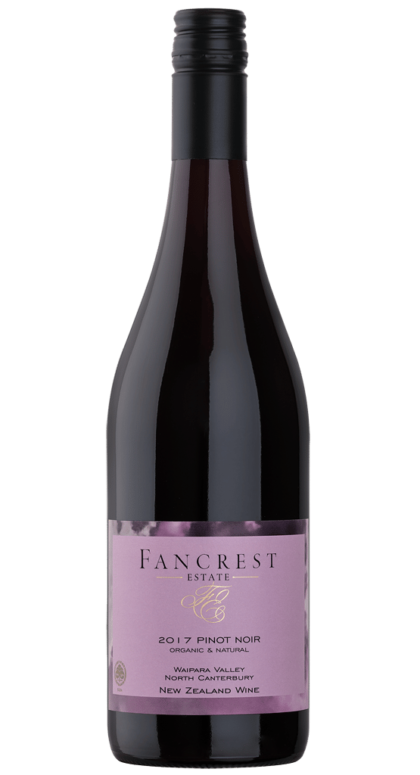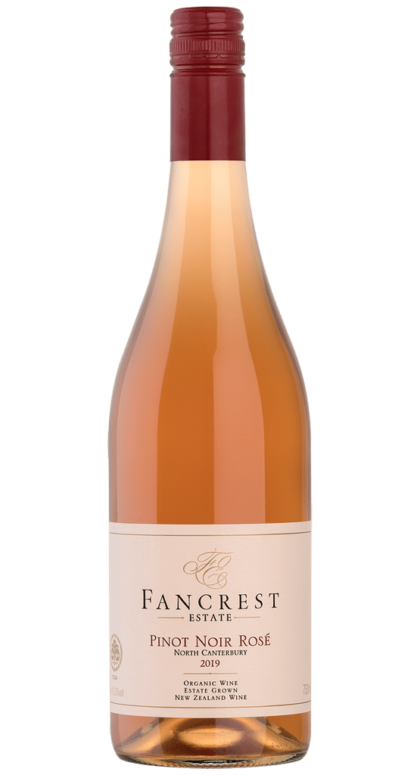Highland Cattle at Fancrest Estate?
H i g h l a n d C a t t l e a t F a n c r e s t E s t a t e ?
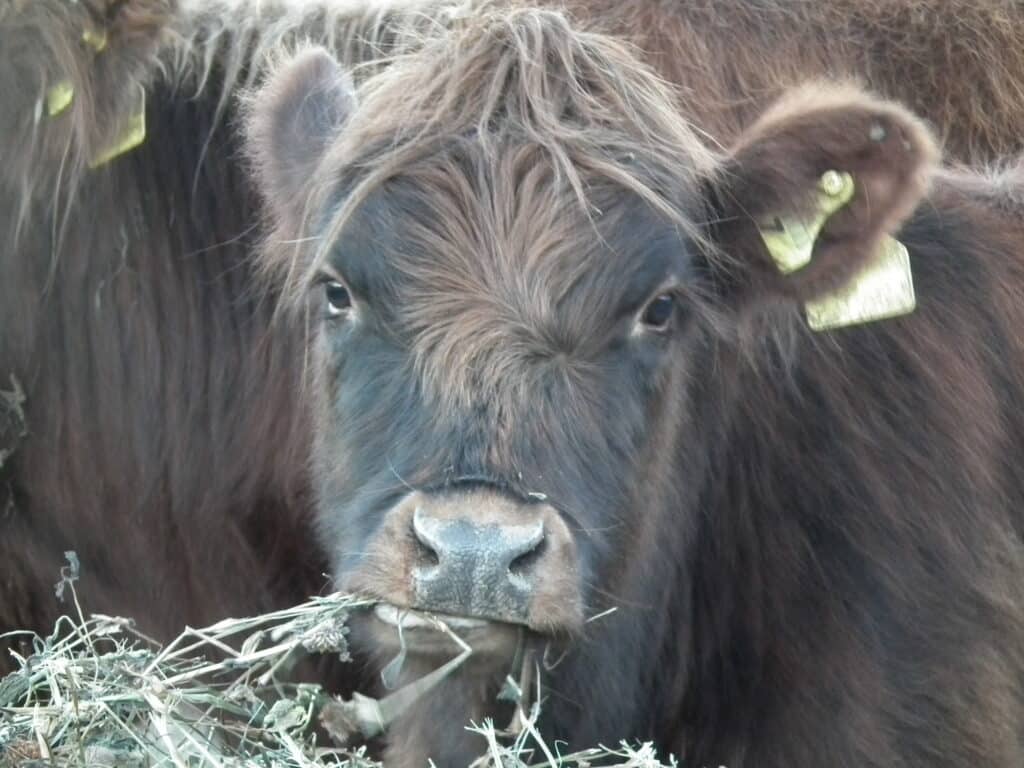
Why does Fancrest Estate have Highland Cattle in their vineyard?
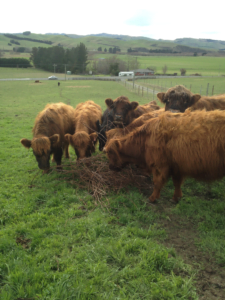
Have you ever seen a highland cow? They are the cutest and fluffiest cows you’ll ever meet. And they are also the oldest registered breed of cattle in the world. How cool is that?
If you’ve been to, or driven past Fancrest Estate, you’ll know what I’m talking about. We have a herd (or “fold” to use the correct Scottish term) of beautiful red Highland cattle that graze on our land. They have long, curly, woolly coats that keep them warm and cozy in any weather. And our’s are a special selection of hornless or “polled” Highlanders, called “Tufty’s”, making them so much safer to be around both in the yards and in the vineyard. While those long wavy horns are spectacular, they are also lethal, and most trucking companies will not move them.
What makes Highland Cattle special?
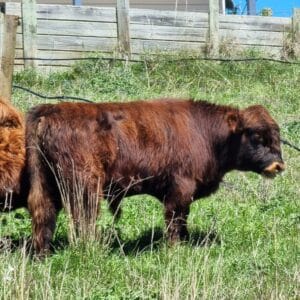
Highland Cattle are raised primarily for their meat, which is lower in cholesterol than other forms of beef.
Highland cattle are extremely hardy: raised to withstand the bleak conditions of the Scottish Highlands they’ve developed an unusual double coat: oily outer hair on the outside, and down in the undercoat underneath.
A bull can weigh up to .8 of a ton and the cows half a ton. Their long coats mean that they don’t store as much fat as other breeds because their long hair keeps them warm in winter.
Highland cattle are generally smaller than other breeds: at one time they were actually called “Scotch Runts”.
While Highland cows used to be predominantly black after Queen Victoria commented that she preferred the red ones, this resulted in selective breeding of the reddish colour.
How old is the Highland Cattle breed?
Highland cattle originated in the Highlands and Outer Hebrides islands of Scotland as early as the 6th century.
Archaeological finds and the written record records Highlanders living alongside man for since 1200 BC.
It's not the cow, it's the how...
Diana Rogers Tweet
Are Highland Cattle a good source of beef?
Highland cattle meat is well marbled and normally rated as premium beef due to its fine texture, succulent flavour, and high protein content. Highland cattle meat is lower in both fat and cholesterol even than chicken. It is also high in iron.
How do Highland cattle fit in with Regenerative Agriculture?
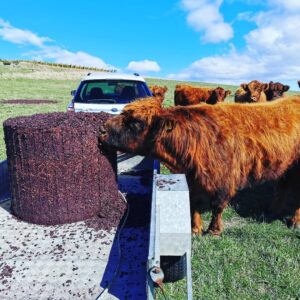 Highland cattle farming is considered to be highly environmentally sustainable because they will graze land usually unsuitable for alternative foods.
Highland cattle farming is considered to be highly environmentally sustainable because they will graze land usually unsuitable for alternative foods.
Highland cattle are fantastic scavengers and will eat almost anything: they have the ability to thrive in poor pastures other cattle would surely not thrive in, although they do enjoy lush pasture.
At Fancrest Estate they spend winter in the vineyard, chewing canes down to around 5 buds, leaving plenty of scope for me to move in behind them to prune each new spur down to two buds for final winter pruning,
Highland mothers are exceptionally good mothers, and extremely protective of their young. They’re small calves. That means they will most often give birth unaided. When a mother is with its young this is not the time to approach.
At Fancrest Estate our fold is very at home sharing their paddocks and the vineyard with a flock of Wiltshire sheep.

